PROTECT YOUR DNA WITH QUANTUM TECHNOLOGY
Orgo-Life the new way to the future Advertising by Adpathway Shutterstock
Shutterstock
Dogs are notorious for their loyalty, tail wags, and ability to look heartbreakingly cute even when up to mischief. But one thing they’re not great at? Telling us when something hurts. Dogs are experts at hiding pain due to instinct, fear, or good old-fashioned stubbornness. That’s why it’s essential to know the subtle (and not-so-subtle) signs that your pup might feel less than stellar. Whether it’s a change in behavior or a physical symptom that raises an eyebrow, these clues can help you act before things get worse.
Limping or Favoring a Limb
 Shutterstock
Shutterstock
When a dog starts limping or avoids putting weight on one paw, it’s a clear sign that something’s wrong. This could be due to a sprain, torn ligament, arthritis, or a foreign object like a thorn stuck in their pad. Dogs may try to carry on as usual, but avoid jumping, running, or taking the stairs. Some may even try to hide or prevent walks altogether—gasp! That’s your cue to play detective and check their paws, joints, and gait.
Changes in Appetite
 Shutterstock
Shutterstock
Pain could be the culprit if your chowhound suddenly turns into a picky eater. Dental issues, mouth pain, nausea, or discomfort when chewing are a few reasons a dog might snub their kibble. Skipping meals is especially concerning for dogs, who usually act like every bowl of food is the last one on Earth. A dip in appetite is often one of the first red flags that something isn’t right internally. Even treats might lose their appeal—now that’s serious.
Whining, Whimpering, or Yelping
 Shutterstock
Shutterstock
Vocalization is a dog’s way of crying out for help—literally. Whining, whimpering, or sudden yelps when touched or moved are significant signs of pain. While some dogs are naturally chatty, changes in how often or intensely they vocalize can indicate discomfort. It might happen when they jump, lie down, or are touched in a specific spot. So if your dog suddenly sounds like a tiny opera singer, it’s time to listen up and look closer.
Licking or Biting a Specific Area
 Shutterstock
Shutterstock
Dogs often lick or nibble at an area that’s causing them pain, whether it’s a sore joint, wound, or irritation beneath the skin. Over time, constant grooming can cause hair loss, redness, or sores. They’re not just trying to be clean—they’re trying to soothe the pain or deal with something uncomfortable. If your pup is constantly focused on one paw, hip, or patch of skin, it might be more than a weird grooming quirk.
Unusual Aggression or Irritability
 Shutterstock
Shutterstock
Even the friendliest dogs can get cranky when they’re hurting. Pain could be why your usually sweet dog suddenly growls when touched or snaps when you approach. This isn’t them turning into a villain—it’s them saying, “Back off, it hurts!” in the only way they know how. Sudden aggression, especially when paired with other symptoms, is a red flag worth checking out.
Hiding or Seeking Solitude
 Shutterstock
Shutterstock
When dogs feel bad, many retreat to quiet, dark corners like they’re trying to write poetry about their misery. If your pup, who usually follows you everywhere, is suddenly MIA under the bed or behind the couch, something’s up. Hiding behavior is especially common in dogs experiencing chronic or internal pain. They may also seem distant or disinterested in affection. It’s not personal—they feel crummy.
Panting or Shallow Breathing
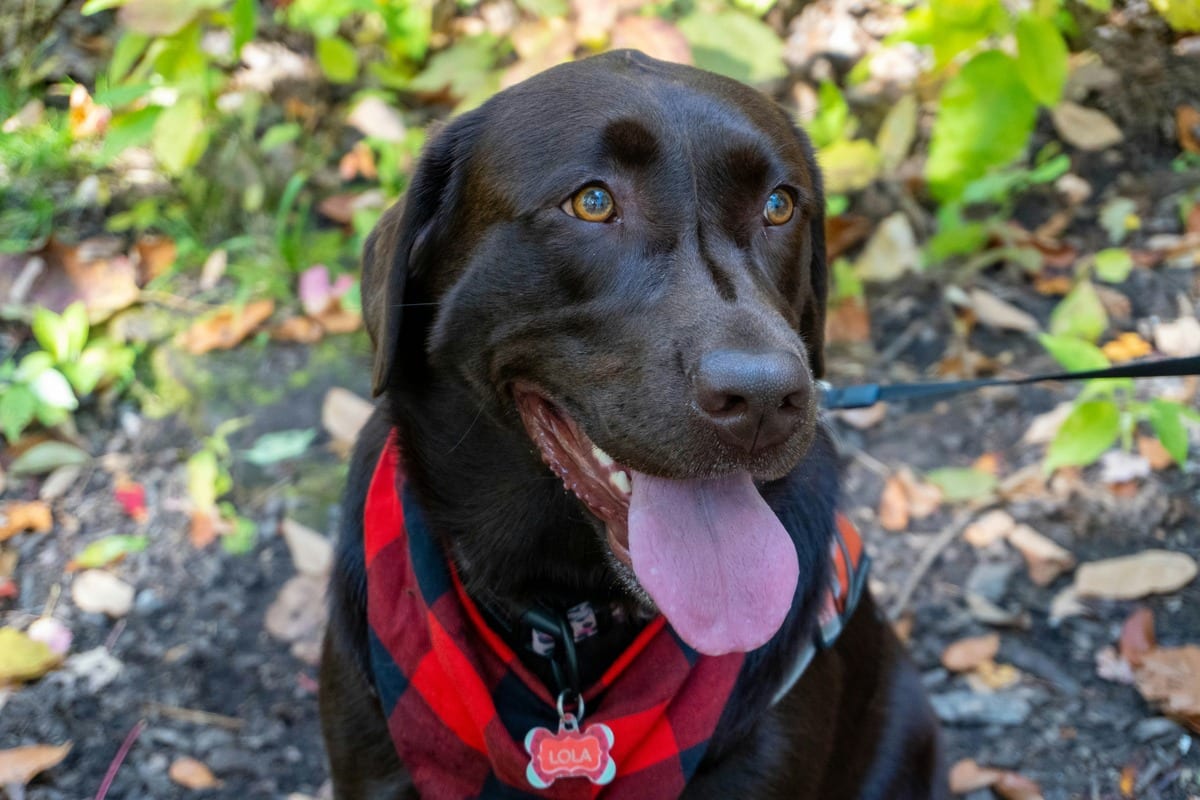 Shutterstock
Shutterstock
Panting isn’t just a post-playtime thing. Excessive panting or rapid, shallow breathing could signal pain, especially if your dog hasn’t been active or exposed to heat. This breathing may indicate discomfort, stress, or internal issues like heart problems or abdominal pain. Watch how your dog breathes when resting—if their belly moves more than usual or their breath seems labored, it’s vet-o’clock.
Stiffness or Difficulty Moving
 Shutterstock
Shutterstock
Struggling to stand, sit, climb stairs, or jump onto the couch can mean joint pain, muscle soreness, or spinal issues. Dogs with arthritis or injury often move more slowly and with hesitation. If your pup suddenly turns into a reluctant yoga student—stiff and unbending—it’s time to take note. Mobility issues should never be brushed off as “getting old” without checking in with a vet.
Changes in Posture
 Shutterstock
Shutterstock
Dogs in pain often assume unusual postures to compensate or avoid aggravating the issue. They may arch their back, hold their head low, or appear hunched or tense. A “praying” position—front legs down, rear end up—can signal abdominal discomfort or pancreatitis. Watching how your dog holds themselves when standing or lying down can give you subtle but important clues that something’s off.
Trembling or Shaking
 Shutterstock
Shutterstock
While shaking can be caused by excitement or fear, persistent trembling—especially without an apparent cause—can signal pain. Dogs may tremble when dealing with joint issues, internal injuries, or certain diseases. It’s often seen alongside panting or restlessness and can be easy to miss if your dog is also naturally excitable. If your dog’s shake isn’t part of their usual happy dance, it’s worth a closer look.
Decreased Energy or Lethargy
 Shutterstock
Shutterstock
When dogs are in pain, they don’t bounce around like their usual goofy selves. A noticeable dip in energy, reluctance to play, or sleeping more than normal might mean they’re feeling physically unwell. This is especially true for active breeds that suddenly become couch potatoes. Don’t write it off as them “finally calming down”—their body could be screaming silently for help.
Trouble Going to the Bathroom
 Shutterstock
Shutterstock
Painful urination, straining to poop, or even accidents in the house could all discomfort point. Dogs may pace, whimper, or try to go multiple times without success. These signs can suggest infections, blockages, or gastrointestinal issues—all of which can be painful and dangerous if ignored. Bonus red flag: if your dog gives you the “I’m sorry, but I didn’t mean to” eyes after an accident, something might be up inside.
Eye Changes
 Shutterstock
Shutterstock
Eyes are more than the windows to the soul—they’re sometimes the blinking billboards of pain. Squinting, redness, excessive tearing, or changes in pupil size can indicate eye pain or even neurological issues. Some dogs may rub their face against furniture or avoid bright lights. Eye discomfort should never be ignored since it can worsen quickly and lead to long-term damage if untreated.
My Dog’s Not Being Dramatic—It Hurts!
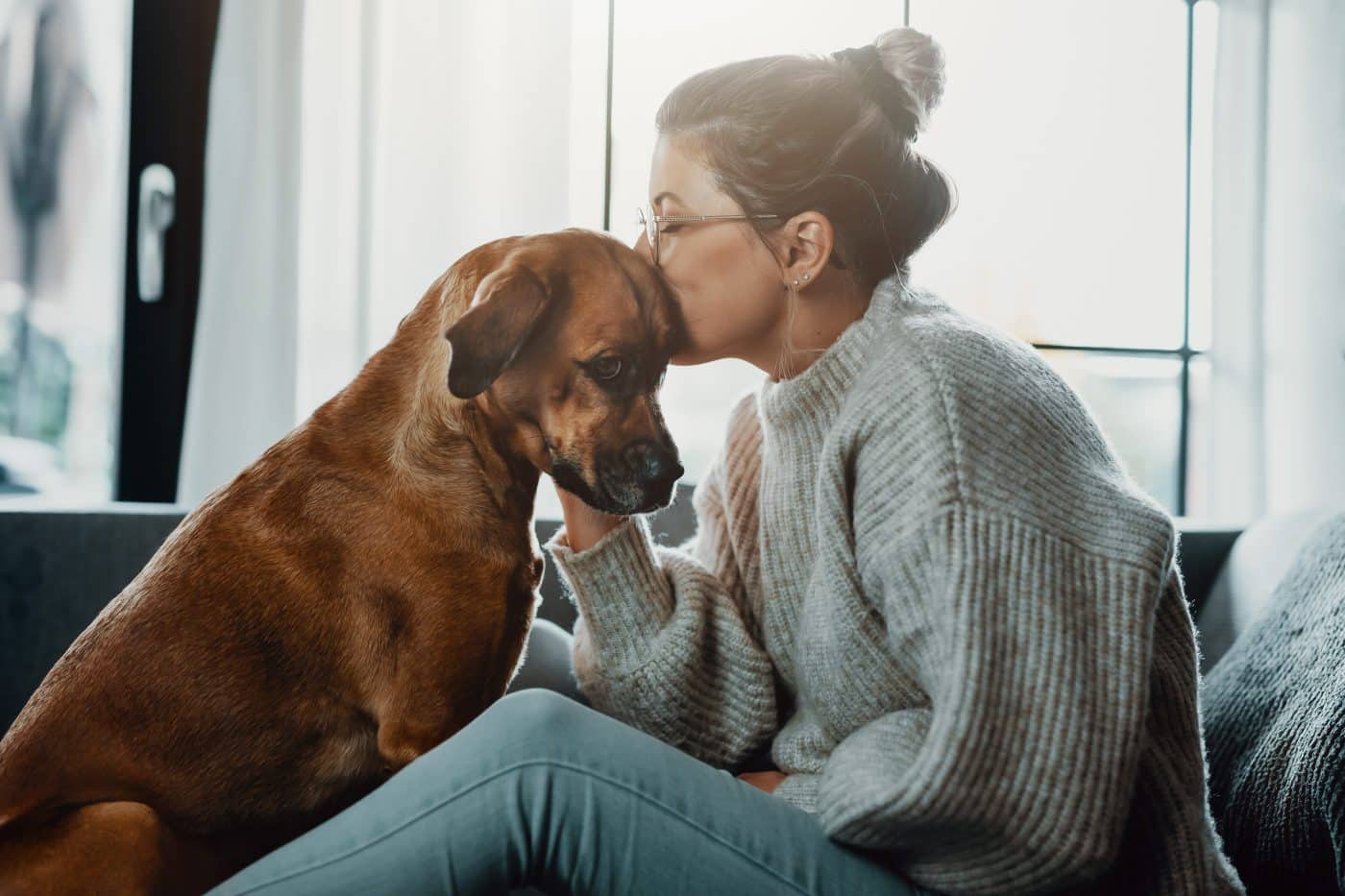 Shutterstock
Shutterstock
Dogs might not throw dramatic tantrums like humans do when they stub a toe, but they show signs when something’s wrong—you have to know what to look for. Whether it’s that sudden limp, odd breathing, or disappearing act under the bed, these behaviors are your pup’s way of saying, “Help, please!” So next time your furry friend acts a little off, don’t just assume they’re having a weird day—grab the leash, call the vet, and be their superhero. After all, they’d do the same for you… If they had thumbs.


 3 months ago
26
3 months ago
26

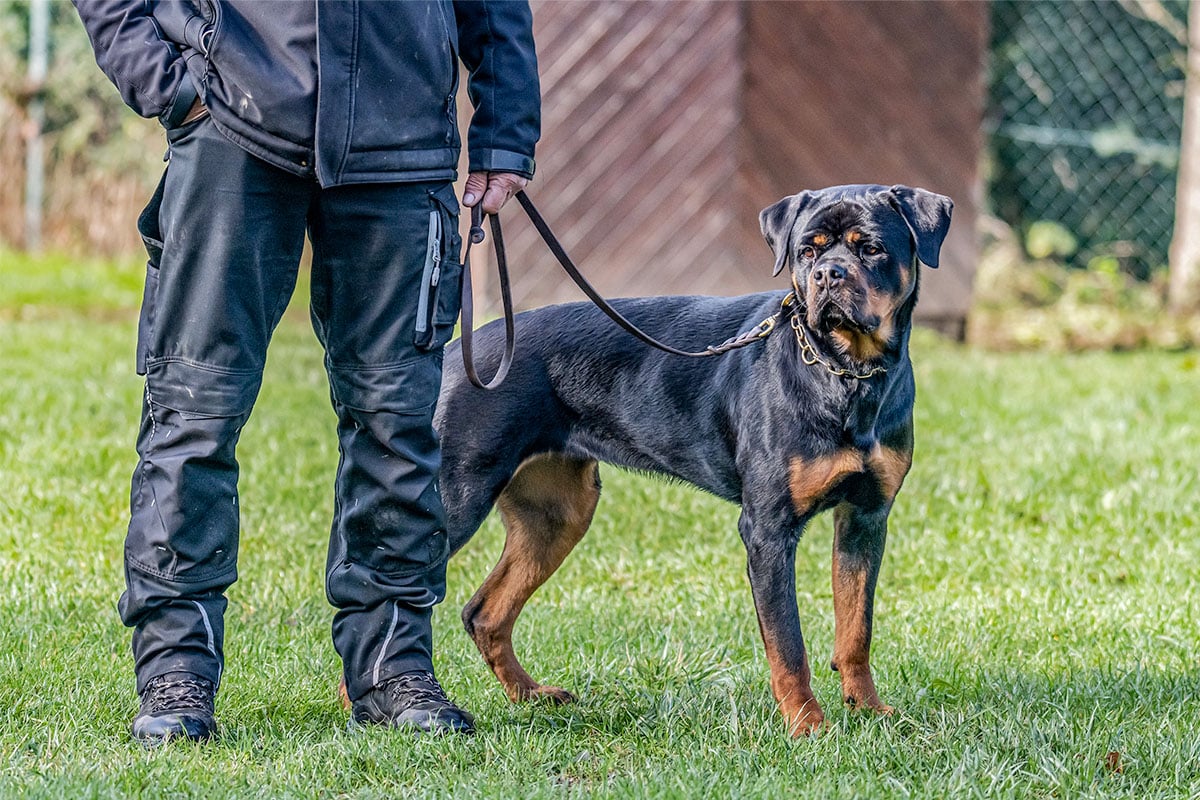
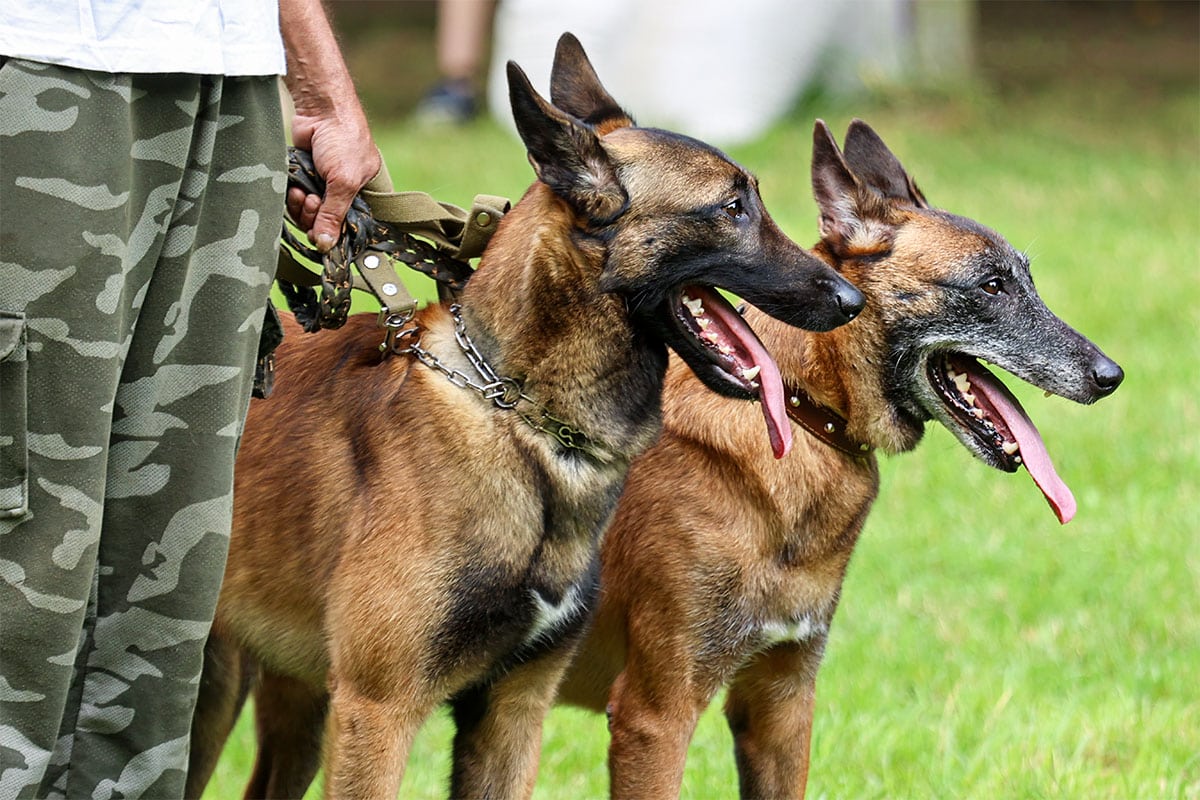
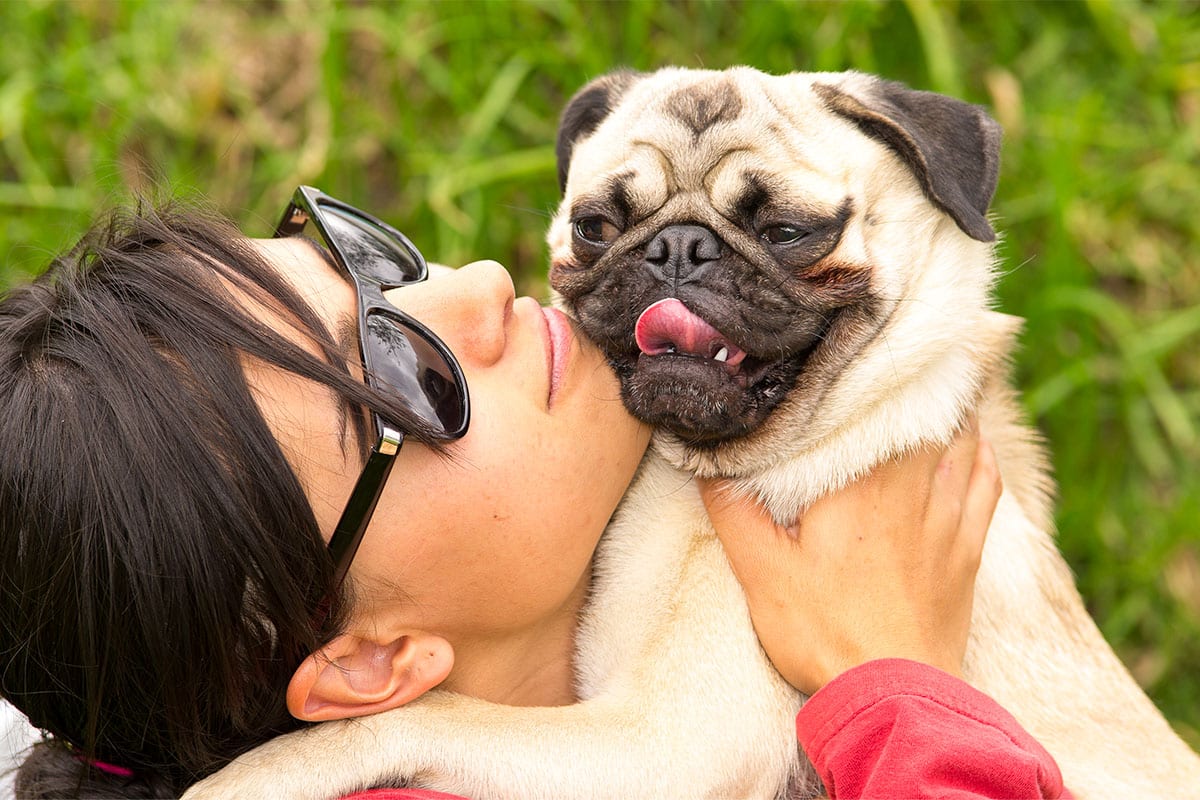

















 English (US) ·
English (US) ·  French (CA) ·
French (CA) ·